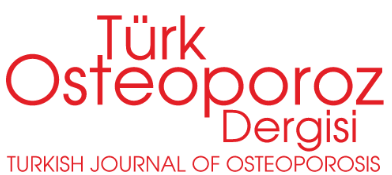ABSTRACT
Conclusion:
In the present study, an inverse relationship has been found between serum vitamin D levels and disease activity in male AS patients and it was concluded that serum vitamin D levels should also be taken into account while developing a treatment plan.
Results:
BASDAI scores were statistically significantly higher in the group with serum 25(OH)D vitamin levels less than 20 ng/mL compared to the group with 25(OH)D levels above 20 ng/mL (p<0.05). There was no statistically significant difference between groups in terms of ESR, serum levels of CRP, parathormone, calcium, phosphorus and alkaline phosphatase.
Materials and Methods:
The study enrolled 51 male AS patients being followed at our hospital. Patient demographics as well as serum levels of 25(OH)D vitamin, C-reactive protein (CRP), calcium, phosphorus, alkaline phosphatase and parathormone, and erythrocyte sedimentation rate (ESR) at 1 hour were recorded. Patients were divided into two groups based on their serum 25(OH)D vitamin levels; one group consisted of 21 patients with 25(OH)D vitamin levels less than 20 ng/mL and the other group comprised 30 patients with 25(OH)D levels greater than 20 ng/mL. Bath Ankylosing Spondylitis Disease Activity Index (BASDAI) scores were evaluated in order to determine the disease activity.
Objective:
To examine the relationship between serum 25-hydroxyvitamin D [25(OH)D] level and disease activity in male patients with ankylosing spondylitis (AS).



